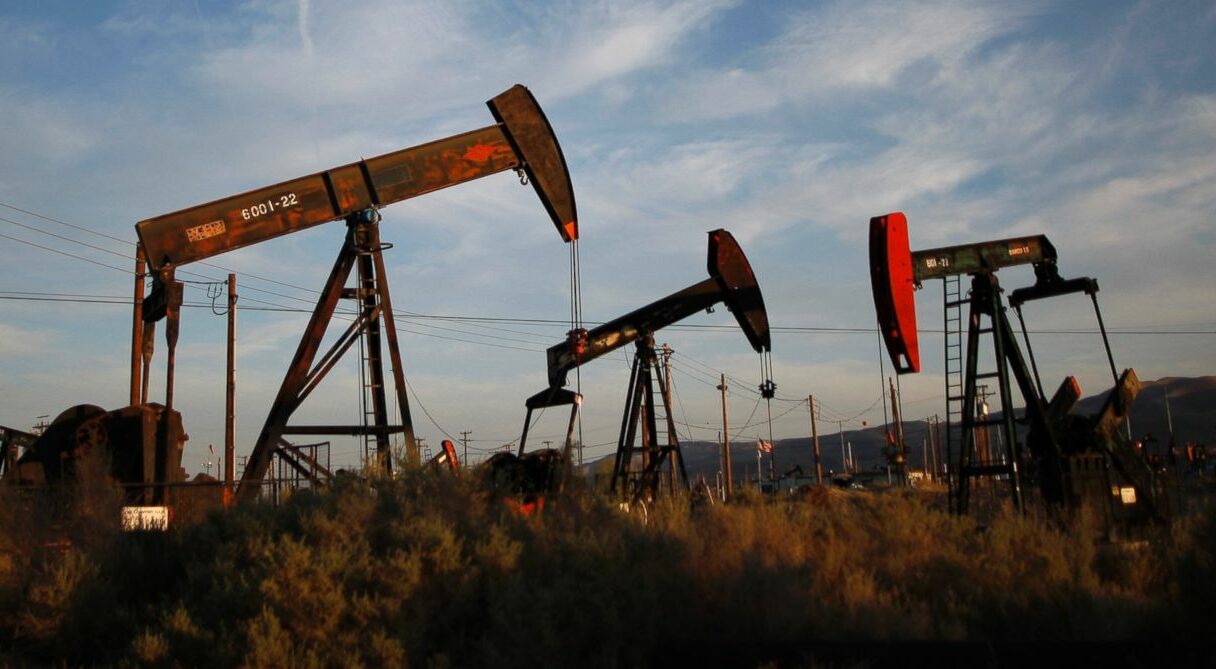All the geopolitical factors that will impact oil

OPEC+ strategies and geopolitical tensions will disturb the oil market. The point from Greg Sharenow, Portfolio Manager Commodities and Real Assets at PIMCO
Our oil price forecast for 2024 is cautiously optimistic. However, many investors are nervous and restless due to the persistent conflicts in the Red Sea and OPEC+ 's crucial announcement on production cuts in early March. The evolution of these events could significantly influence oil prices in either direction. Additionally, rising oil prices could amplify inflationary pressures from rising transportation costs, potentially delaying the Federal Reserve's interest rate cuts.
What OPEC+ will do
A critical factor is the OPEC+ decision on whether current production levels can be maintained, expected in the first week of March. Last October the group committed to cutting 7.2 million barrels per day (mbd). According to PIMCO estimates, this equates to around 7% of global demand, and a third of this reduction – around 2.2 mbd – will be “voluntary”.
Failure to extend these cuts could dampen market sentiment and lead to a possible step back by OPEC+ from a policy that has supported price stability. PIMCO estimates that the reductions have led to about 4.5 mbd of unused production capacity, the highest in nearly a quarter century. In a scenario where 2.2 mbd re-enters the market in April without further adjustments, our model predicts that crude oil could fall by $20, falling to around $65 per barrel (bbl)[1].
While market consensus is for an extension of voluntary cuts until the second quarter of 2024, history suggests that such measures are not permanent. This introduces significant downside risk should OPEC+'s strategy change.
Geopolitical tensions and supply risks
Conversely, ongoing tensions in the Red Sea could push prices higher. Iran-backed Houthi militants in Yemen have disrupted global trade by targeting shipping in the Bab el-Mandeb Strait and the Red Sea, prompting retaliatory action by the United States and other countries.
This has driven up shipping costs due to longer travel times and higher insurance premiums. Europe – which is heavily reliant on Asian imports after the imposition of sanctions on Russia following its invasion of Ukraine in 2022 – has felt the brunt of these logistical difficulties, incurring significant additional costs for refined petroleum products. However, global supplies remain unaffected for now, with rising costs offset by reduced demand due to warmer weather.
However, persistent tensions highlight the importance of paying attention to supply risks. In December we predicted a tightening of sanctions against Iran, a prediction confirmed by further sanctions and attacks on Iranian proxy militias.
Iran's potential response remains uncertain, but its aggressive actions following the reintroduction of sanctions in 2019 – targeting Saudi energy assets and declaring, in essence, “If we can't sell our oil, no one can” – serve as a warning. Although oil prices spiked after these attacks, Saudi Arabia's rapid production recovery quickly reversed this spike.
Although diplomatic relations between Iran and Saudi Arabia have improved, Iran's ability to disrupt the Strait of Hormuz is not in doubt. As seen in the Red Sea, drones and land-based missiles can wreak havoc and be difficult to stop. About 20% of global oil and natural gas supplies passed through the Strait of Hormuz in the first half of 2023, the US Energy Information Administration estimated in December – and beyond the east-west pipelines in Saudi Arabia, there it is a limited ability to redirect supplies should events get out of hand. The nature and duration of any supply disruption would affect the price increase, but oil operators would react quickly to any perceived risk and a surge to $20 a barrel would not be unreasonable.
The geopolitical quagmire and the oil markets
In summary, although our baseline forecast for oil prices for 2024 is favorable, the uncertainty of the trajectory of OPEC+ production decisions and regional conflicts suggest a bumpy road for the market.
For investors, recent declines in inflation, particularly for manufacturing, have been welcomed, leading to a stabilization of fixed income markets and a rise in equity valuations. However, U.S. consumer price inflation rose 3.1% in January, faster than expected from a year earlier, according to the Bureau of Labor Statistics. Rising shipping costs or an energy shock would add inflationary pressure, further complicating the timing of the Fed's rate cuts.
This is a machine translation from Italian language of a post published on Start Magazine at the URL https://www.startmag.it/energia/prezzi-petrolio-previsioni-geopolitica-pimco/ on Sun, 03 Mar 2024 06:42:38 +0000.
